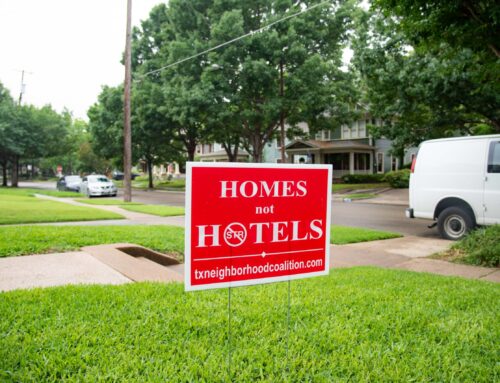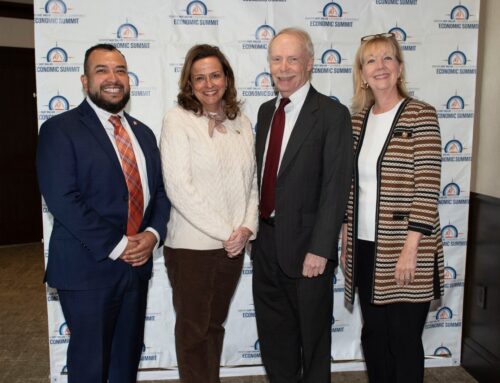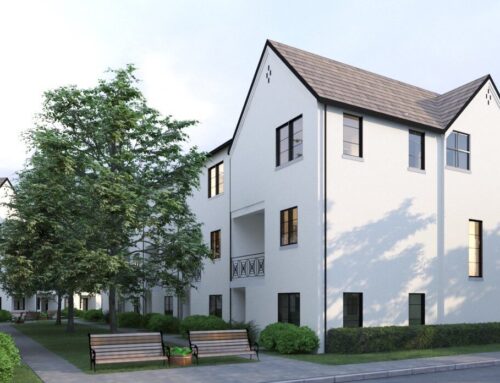Home prices may be finished dropping, but they won’t be rising
One house in my neighborhood has been for sale, off and on, for more than two years. Another house was on the market for three months, didn’t sell, and then wasn’t for sale anymore. And then there was the house across the street, which sold in a couple of weeks.
Yes, the real estate market is quite confusing.
The good news is that it looks, finally, like the market is going to get a lot less confusing. The bad news is that, as the market straightens itself out, we’re not going to see much of an increase in home values. The experts I talked to said we’ve probably reached bottom, but that we’re going to be there for a while.
“Have we reached bottom? That’s the question that everyone is asking,” says Jim Gaines, PhD, a research economist at Texas A&M’s Real Estate Center. “If we have, it’s a flat bottom. We’re not going to have a significant recovery for at least another year or more. And the thing about the recovery is that we’re going to recover to normal, and not to where we were at the top. And normal might take two or three years.”
Is that a gloomy enough assessment for you? Hey, it could be worse. As Gaines and several others noted, our top was not nearly as over the top as the rest of the country. Hence, we had less far to fall, and our declines in home values look nothing like those in Florida, Chicago or northern California.
The other thing working in our favor? So far, we haven’t had the foreclosure problems that have hampered recovery in the rest of the country — which may well be even more than two or three years from recovery. Why are foreclosures so important? Because one of the keys to home prices is supply, and more foreclosures mean an increase in supply, and an increase in supply means a decrease in prices.
Realtor Ron Burch of Coldwell Banker, who tracks neighborhood real estate for the Advocate, agrees with Gaines about reaching bottom. But, he says, foreclosures are the wildcard.
Most of the foreclosures in the Dallas area have not been around here, but in the Mid-Cities, Dallas’ northern suburbs and Far North Dallas. Those areas had lots of vacant land for subdivisions, which we don’t have here. Those subdivisions, says Gaines, were where so many of the housing bubble’s bad loans were made, the kind where buyers didn’t have to put any money down or prove they had income to make mortgage payments. How important were subdivisions to the housing bust? Stock in homebuilder D.R. Horton, which was a key subdivision developer, sold for $38 a share in January 2006, more or less at the peak of the boom. Five years later, it trades at $12 a share.
So far, we haven’t had to endure that level of agony, and our neighborhood has been able to absorb the foreclosures we have had. But no one is quite sure what will happen next.
“We will see more sales this year, but I do not think we will see an increase in prices — there is still too much inventory,” Burch says. “There are still a lot of foreclosures that have been held back off the market, and this will keep the inventory high and therefore there won’t be a shortage of properties to force price increases.”
Also in our favor is demand for close-in, more urban housing. What little demand there has been in the housing market over the past couple of years has been in neighborhoods like ours. Even though prices are lower in commuter suburbs, home buyers — faced with long drives to work and increasingly costly gas — want to live near where they work.
So yes, there is plenty of gloomy news. That it’s not more gloomy is our silver lining.




